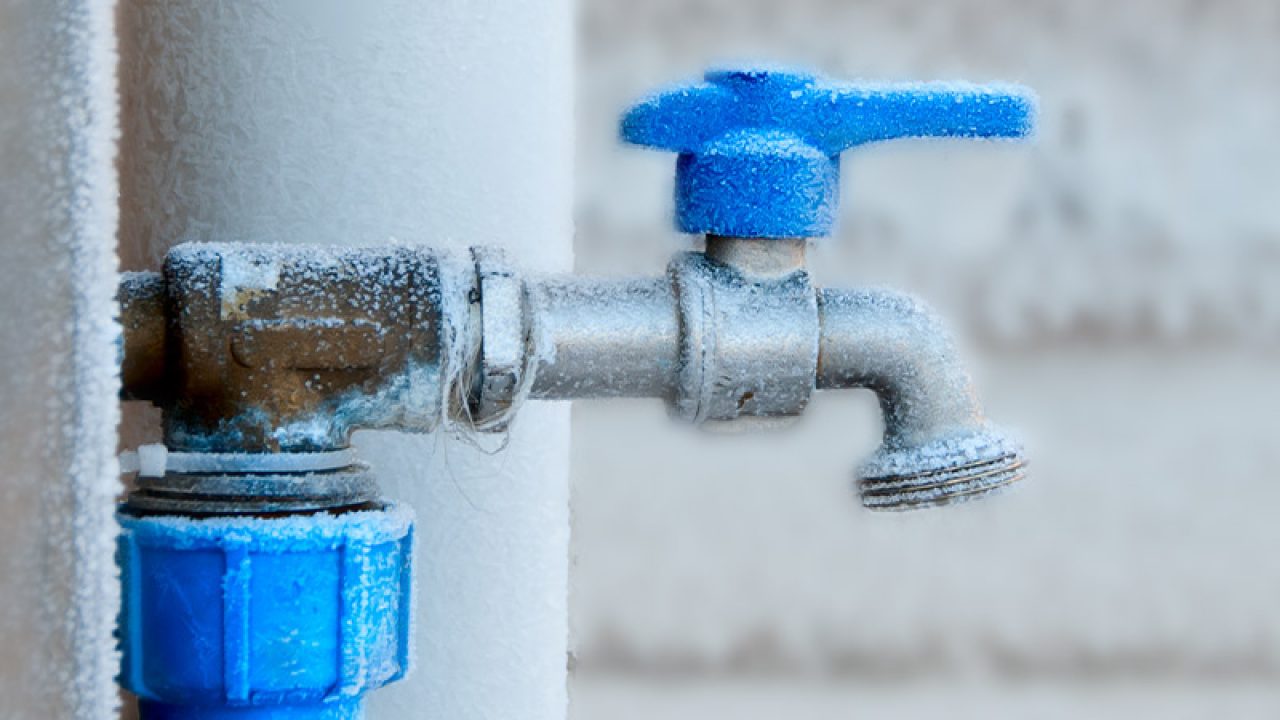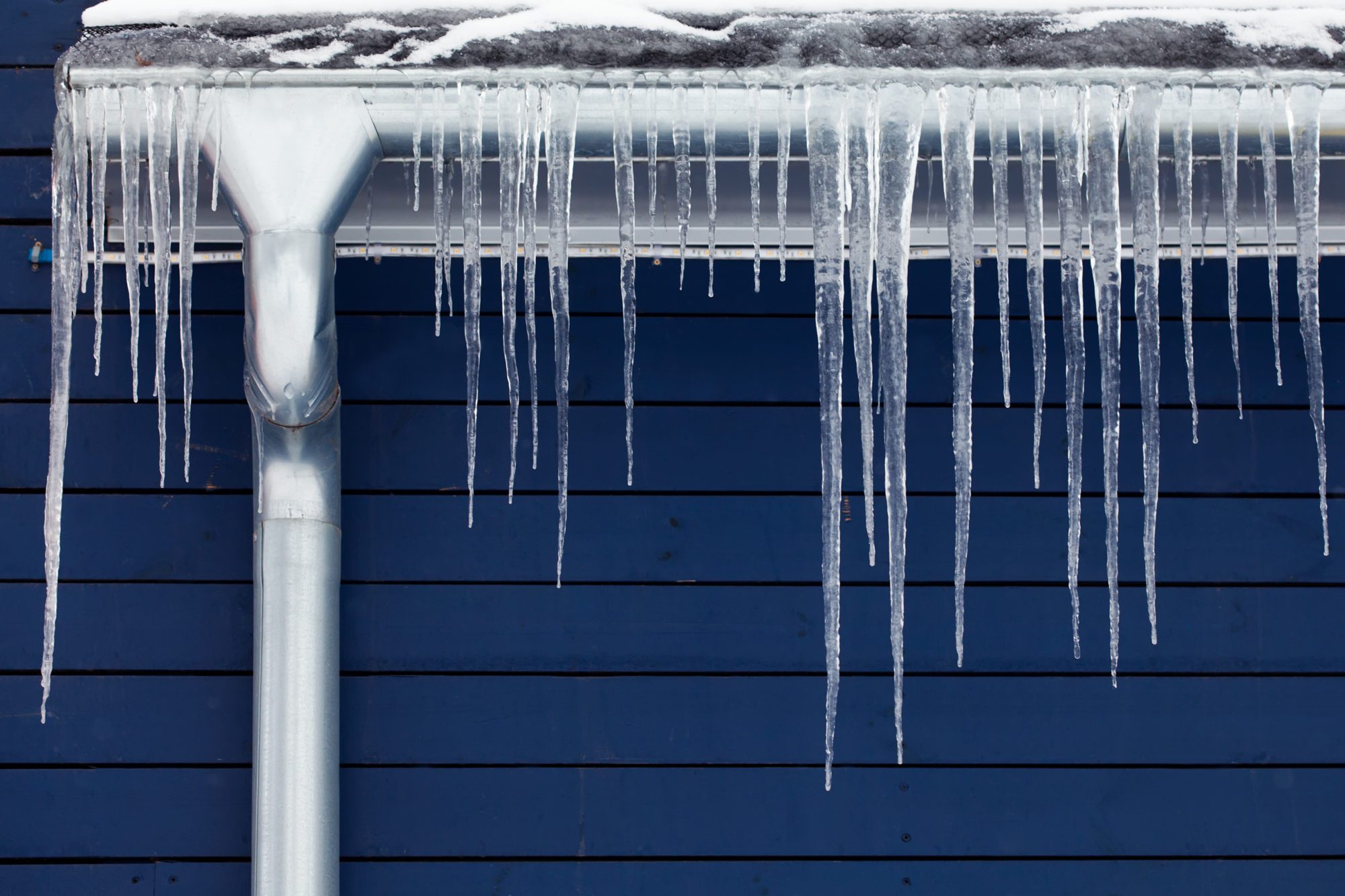Ways to Defend Your Pipes from Freezing: Professional Tips
Ways to Defend Your Pipes from Freezing: Professional Tips
Blog Article
Any individual may have their private rationale in relation to Prevent Frozen Pipes .

Winter can wreak havoc on your plumbing, particularly by freezing pipes. Here's just how to stop it from taking place and what to do if it does.
Intro
As temperatures drop, the threat of icy pipes increases, potentially resulting in pricey repairs and water damage. Comprehending exactly how to avoid frozen pipelines is essential for home owners in cool climates.
Understanding Icy Pipelines
What causes pipes to ice up?
Pipes ice up when revealed to temperatures below 32 ° F (0 ° C) for expanded periods. As water inside the pipes ices up, it broadens, taxing the pipeline wall surfaces and potentially creating them to break.
Dangers and problems
Frozen pipelines can result in water disturbances, residential property damage, and costly repairs. Burst pipelines can flooding homes and cause extensive structural damages.
Signs of Frozen Pipeline
Recognizing frozen pipes early can avoid them from breaking.
Just how to identify frozen pipelines
Seek decreased water flow from faucets, uncommon smells or noises from pipes, and visible frost on revealed pipelines.
Avoidance Tips
Insulating prone pipes
Wrap pipes in insulation sleeves or utilize warm tape to secure them from freezing temperatures. Concentrate on pipelines in unheated or exterior locations of the home.
Home heating strategies
Keep indoor spaces appropriately heated up, especially locations with pipes. Open closet doors to enable warm air to flow around pipelines under sinks.
Shielding Exterior Plumbing
Garden hose pipes and outside taps
Separate and drain pipes garden tubes before winter months. Install frost-proof faucets or cover outdoor taps with protected caps.
What to Do If Your Pipelines Freeze
Immediate actions to take
If you think frozen pipelines, keep faucets open up to relieve stress as the ice thaws. Utilize a hairdryer or towels soaked in warm water to thaw pipes slowly.
Long-Term Solutions
Architectural adjustments
Take into consideration rerouting pipelines far from outside wall surfaces or unheated locations. Add extra insulation to attics, cellars, and crawl spaces.
Updating insulation
Purchase premium insulation for pipes, attic rooms, and walls. Proper insulation assists preserve constant temperatures and decreases the risk of icy pipes.
Final thought
Avoiding icy pipes needs aggressive measures and fast reactions. By recognizing the causes, indications, and safety nets, property owners can secure their pipes during cold weather.
5 Ways to Prevent Frozen Pipes
Drain Outdoor Faucets and Disconnect Hoses
First, close the shut-off valve that controls the flow of water in the pipe to your outdoor faucet. Then, head outside to disconnect and drain your hose and open the outdoor faucet to allow the water to completely drain out of the line. Turn off the faucet when done. Finally, head back to the shut-off valve and drain the remaining water inside the pipe into a bucket or container. Additionally, if you have a home irrigation system, you should consider hiring an expert to clear the system of water each year.
Insulate Pipes
One of the best and most cost-effective methods for preventing frozen water pipes is to wrap your pipes with insulation. This is especially important for areas in your home that aren’t exposed to heat, such as an attic. We suggest using foam sleeves, which can typically be found at your local hardware store.
Keep Heat Running at 65
Your pipes are located inside your walls, and the temperature there is much colder than the rest of the house. To prevent your pipes from freezing, The Insurance Information Institute suggests that you keep your home heated to at least 65 degrees, even when traveling. You may want to invest in smart devices that can keep an eye on the temperature in your home while you’re away.
Leave Water Dripping
Moving water — even a small trickle — can prevent ice from forming inside your pipes. When freezing temps are imminent, start a drip of water from all faucets that serve exposed pipes. Leaving a few faucets running will also help relieve pressure inside the pipes and help prevent a rupture if the water inside freezes.
Open Cupboard Doors
Warm your kitchen and bathroom pipes by opening cupboards and vanities. You should also leave your interior doors ajar to help warm air circulate evenly throughout your home.

I was shown that report on Helpful Tips to Prevent Frozen Pipes this Winter from a buddy on our other site. For those who enjoyed our blog posting if you please do not forget to pass it around. Many thanks for being here. Return soon.
Call Today Report this page